Sagrada Familia in Barcelona (Spain) - Antonio Gaudi's church
Where is located Sagrada Familia?
Address of Sagrada Familia is Placa de la Sagrada Familia / Placa de Gaudi, Barcelona, Spain
show on map
When was built Sagrada Familia?
Built date of Sagrada Familia is 1882 - commencement of construction
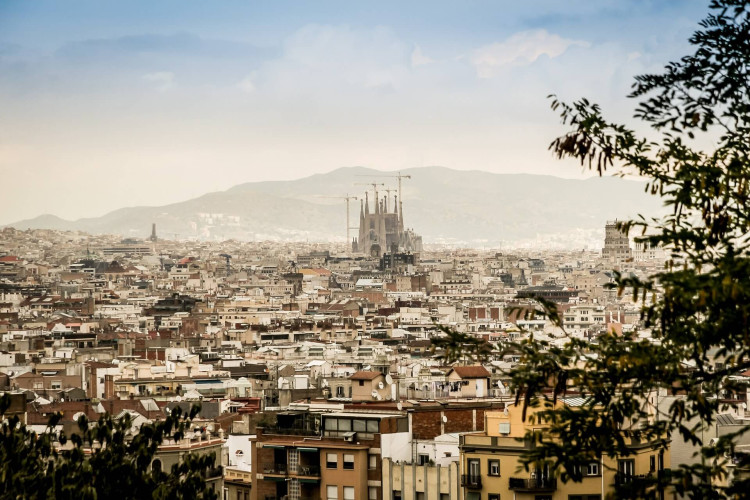
Facts, informations and history of Sagrada Familia
The Holy Family Basilica was supposed to be a symbol of the living Roman Catholic faith and the center of the whole complex of buildings, including schools and school workshops.
Gaudi treated building as an organic process - the stone takes on life, and ornaments grow from it like plants. He created on the construction site, observing the emerging shapes and preferred to change them according to his will, rather than leaving others to implement his project.
Gaudi worked on the construction of the church until his death, after his death no one was able to lead the construction as he did, which is the reason for the infinite construction.
The church is 60 meters wide and 95 meters long.
You can get to the top of the tower by beating 400 stairs, or use the available elevator.
In intention, the church was to contain three monumental facades depicting the birth of Christ, the Passion of Christ and Resurrection. Each of them had to finish four huge towers.
The only façade completed by Gaudi is Facade de la Natividad ("cradle of life").
Architect Antoni Gaudi died in 1926 struck by a tram, earlier he devoted this construction to more than 40 years of his life. Gaudi was buried in a crypt inside the Sagrada Familia.
After the architect's death, several architects took over to complete the construction. As some of the projects were destroyed during the Spanish Civil War in 1936, the final appearance of the building is not precisely specified, the last notes contained more or less information that the church is to accommodate 13,000 people, and the building is to have 18 towers, 4 each facades representing 12 apostles. The remaining 4 towers representing 4 evangelists, the last two dedicated to Jesus Christ and the Virgin Mary.
The church was designed not to exceed 173 meters above sea level, because this is the height of the Montjuic mountain in Barcelona. Gaudi believed that a natural, God-created mountain should dominate the city, therefore, according to Gaudi's wishes, the Tower of Jesus Christ will be slightly lower than the Barcelona hill, while on its top there will be a cross.
Completion of works is planned for 2026, the hundredth anniversary of the architect's death.
There are rumored plans to complete the construction, they include, among others 170 meter high central tower project.
Although the construction of the church began in 1882, the stained glass windows are quite new, they were added only at the end of 2001. The design and implementation was entrusted to the Spanish Joan Vila-Grau in 1999.
The building is visited annually by over 3 million tourists, making it the most-visited tourist attraction of Spain. Thanks to tourism and private subsidies, construction costs of around EUR 25 million per year are covered on an ongoing basis.
Sagrada Familia is on the UNESCO World Heritage list.
Architect of Sagrada Familia
Architect of Sagrada Familia is Antonio Gaudi

How many meters have Sagrada Familia?
Height of Sagrada Familia is 120 meters - the highest height of currently completed towers

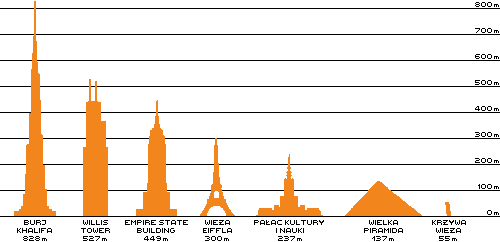
Construction/building type
Building Sagrada Familia is of type Church
A church is a type of sacred building that acts as a place of prayer and religious practice within Christianity. The architecture of churches has evolved over the centuries, being influenced by different styles and historical periods. Below, I provide information on the precursors of church architecture, the most popular architectural styles and some well-known church buildings.... czytaj więcej.
Architectural style
Architectural style of Sagrada Familia is Expressionism
Expressionism is an architectural style characterised by unusual, asymmetrical forms, contrasting colours and materials and strong emotional tensions. Expressionism is a marked departure from traditional architectural forms and focuses more on the expression of emotions and moods than on the rational design of buildings. ... czytaj więcej.
What material is the building made of?
Sagrada Familia is made of the following materials: Stone
Practical informations
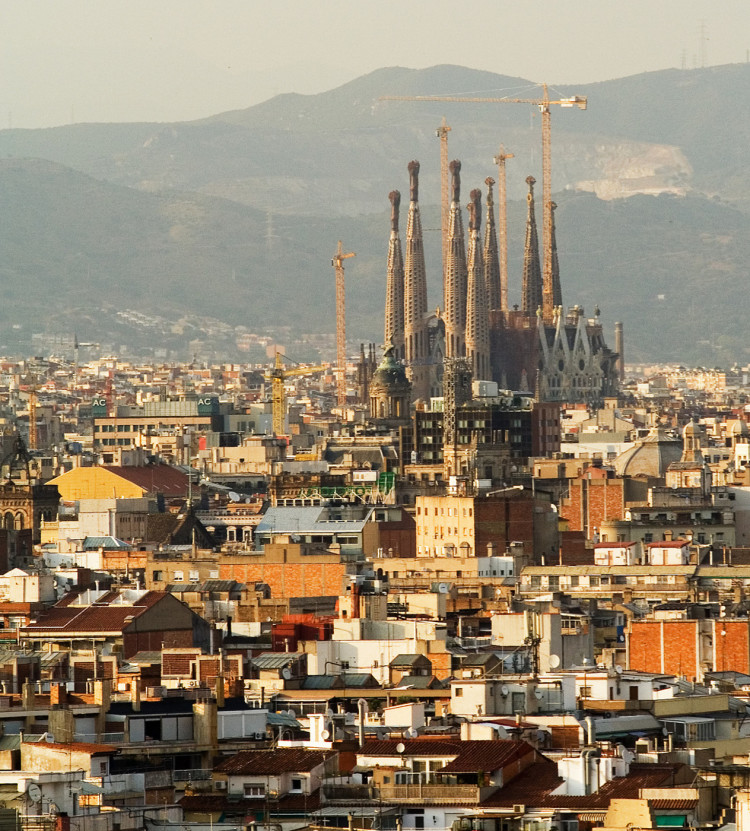
What is the cost of entry for Sagrada Familia?
Tickets for Sagrada Familia are available at the following prices and variants:
- Basic ticket: 17€; reduced: 15€
- Sightseeing with an audio guide: 25€; reduced: 23€
- Guided tours: 26€; reduced: 24€
- With audio-guide and tower entrance: 32€; reduced: 30€
- With audio-guide + ticket to Casa Museu Gaudi: 27€; reduced: 25€
- Children under 11 years and disabled people: free.
At what times is open Sagrada Familia?
Sagrada Familia is open or accessible to the public on the following dates and times:
- November - February: 9:00 - 18:00
- March: 9:00 - 19:00
- April - September: 9:00 - 20:00
- October: 9:00 - 19:00
- 01.I, 06.I, 25.XII, 26.XII: 9:00 - 14:00
Is the building on the UNESCO World Heritage List?

The listing took place in the year 1984.
Details of the entry are available on the Unesco website at https://whc.unesco.org/en/list/320bis/
Official website
The official website of the building, where up-to-date information can be found, is http://www.sagradafamilia.cat
Photo gallery Add photo
Location on map / How to get there


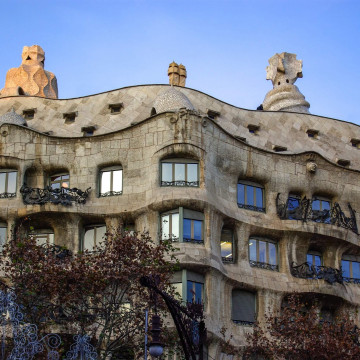
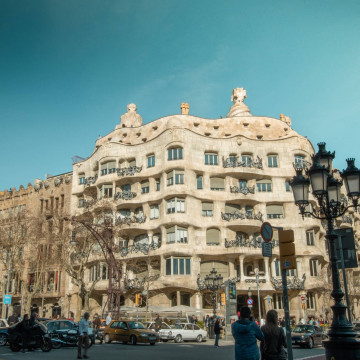
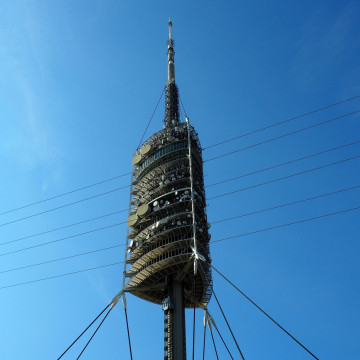





















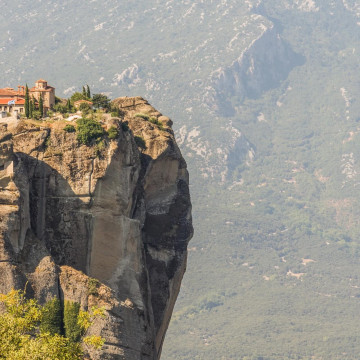
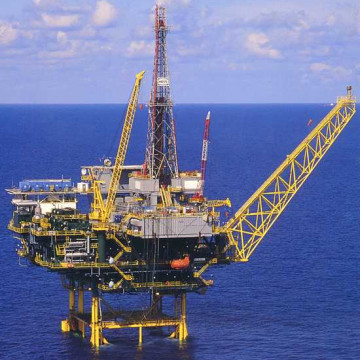
Comments to Sagrada Familia (82) Average rating: 5 Add comment / Rate building
Based on 82 comments